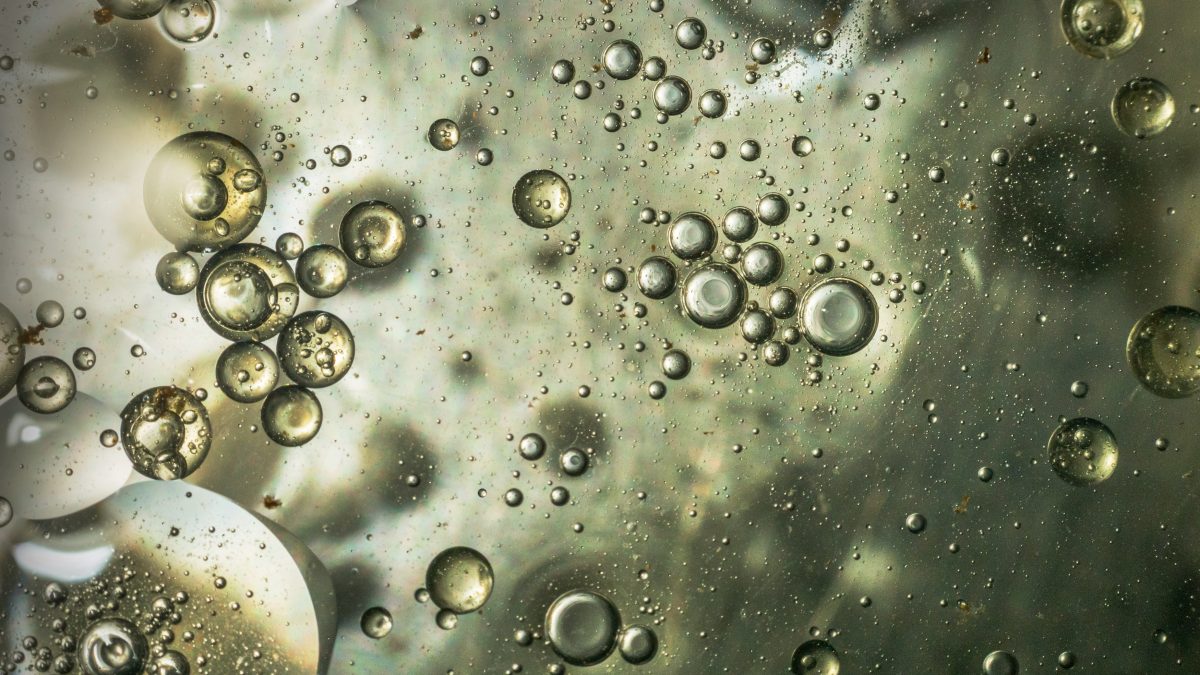Per- and polyfluoroalkyl substances (PFAS) have been making headlines due to their widespread presence in our environment and potential health risks. While many are aware of the contamination of water supplies, few realize that PFAS can also enter our bodies through everyday products.
In this article, we will explore some common products and sources through which PFAS may find their way into our systems.
Table of Contents
Cookware and Non-Stick Pans
Many individuals rely on non-stick pans for cooking, which are often coated with perfluorinated compounds like PFOA (perfluorooctanoic acid) and PFOS (perfluorooctanesulfonic acid). Over time, these coatings can deteriorate, leading to the release of PFAS into our food.

Recent research conducted by the Ecology Center has revealed the ongoing prevalence of a PFAS polymer called PTFE (polytetrafluoroethylene). This substance is commonly used in the majority of non-stick cooking pans and some baking pans. PTFE, recognized by its brand name Teflon™, is typically manufactured using various hazardous PFAS that have caused water contamination issues worldwide.
The study revealed that 79% of the non-stick cooking pans tested and 20% of the non-stick baking pans examined were coated with PTFE.
Food Packaging
In a recent study conducted in Toronto, it was discovered that compostable fast-food containers can release harmful PFAS into the atmosphere. The purpose of these containers is to be more ecologically responsible compared to single-use plastic ones. This release was determined through the examination of samples from various retailers.
The findings suggest that polymers containing fluorinated side chains are commonly used in the production of paper-based food packaging. These side chains are used to make the packaging resistant to grease. Over time, these polymers can degrade, resulting in the release of volatile substances.
Researchers conducted an analysis of container samples to measure their total fluorine content. Among these, the molded fiber bowls exhibited the highest levels of contamination.
An in-depth analysis of eight of these samples unveiled the presence of up to 14 different PFAS in each. The predominant PFAS compounds in all but one of these eight samples were 6:2 fluorotelomer alcohol and 6:2 fluorotelomer methacrylate.
Firefighting Foam Residue
Firefighting foam, particularly Aqueous Film-Forming Foam (AFFF), is formulated with PFAS compounds to effectively combat fires. However, the use of this foam during emergency response or training exercises can result in the release of PFAS into the surrounding environment.
The U.S. Government Accountability Office reported that nearly 700 military installations have experienced known or suspected PFAS releases from firefighting foam. These releases can have adverse effects on human health.
Furthermore, newly released data from the Environmental Protection Agency revealed nearly 900 instances of spills or uses of firefighting foam. A great portion of these spills entered the local waterways in the US.
Moreover, according to TorHoerman Law, studies have indicated that firefighters face a 9% higher risk of cancer diagnosis. They also have a 14% increased risk of cancer-related mortality compared to the general population. Consequently, many firefighters are taking legal action, filing AFFF lawsuits for compensation due to PFAS exposure.
The AFFF lawsuit settlement amounts can be substantial depending upon the severity of the case. This underscores the urgent need to address the severe health risks of PFAS contamination for those dedicated to protecting others.
Stain-Resistant Fabrics
Stain-resistant clothing, carpets, and upholstery are commonly treated with PFAS to prevent liquids and stains from seeping in. As these items age, PFAS compounds can be emitted into the air as tiny dust particles or absorbed through our skin upon direct contact.
In January 2022, a nonprofit organization called Toxic-Free Future released a report. They examined 60 products from 10 well-known retailers. These products included outdoor clothing, napkins, and bedding. Retail chains like REI, Walmart, and Target carried these items.
In their research, scientists initially screened these products for the presence of fluorine, a critical component of PFAS. Subsequently, those products that exhibited fluorine content were subjected to laboratory analysis to determine the concentration and composition of PFAS chemicals.
Among the 47 products marketed as having stain and water-repellent properties, PFAS was detected in 72% of them. It’s worth noting that at least one product from each of the 10 retailers included in the report was found to contain PFAS compounds.
Cosmetics and Personal Care Products
Certain cosmetics and personal care items, including waterproof mascara, foundation, and dental floss, may incorporate PFAS within their formulations. When these products come into contact with our skin or are ingested, they have the potential to introduce PFAS compounds into our bodies.
According to a study published in ACS Publications, researchers screened a total of 231 cosmetic products. They conducted this screening in both the United States and Canada, using particle-induced gamma-ray emission spectroscopy to measure total fluorine content.
Among the eight categories assessed, foundations, mascaras, and lip products exhibited the highest percentage of products containing elevated levels of total fluorine.
Conclusion
PFAS, known as “forever chemicals” due to their persistence in the environment and human bodies, pose potential health risks. It is essential to be aware of the various sources through which these substances can enter our bodies.
Scientists are actively studying the health effects of PFAS exposure. Individuals can reduce their risk by choosing PFAS-free products, avoiding unnecessary exposure, and supporting regulatory efforts to address this pervasive issue.
Ultimately, being informed about PFAS sources empowers us to make healthier choices for ourselves and our environment.



Review Silent Intruders: How PFAS Enter Our Bodies Through Everyday Products.